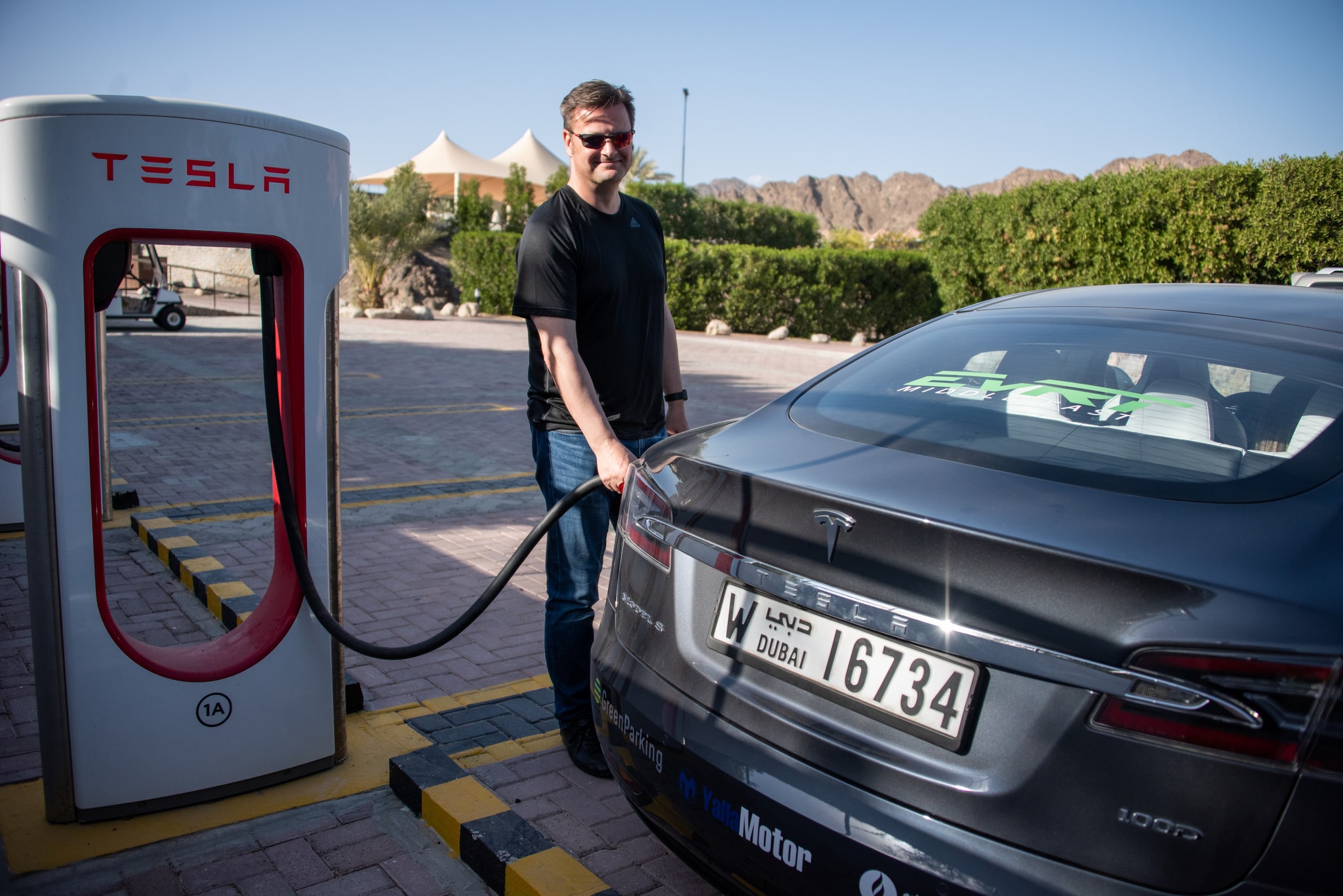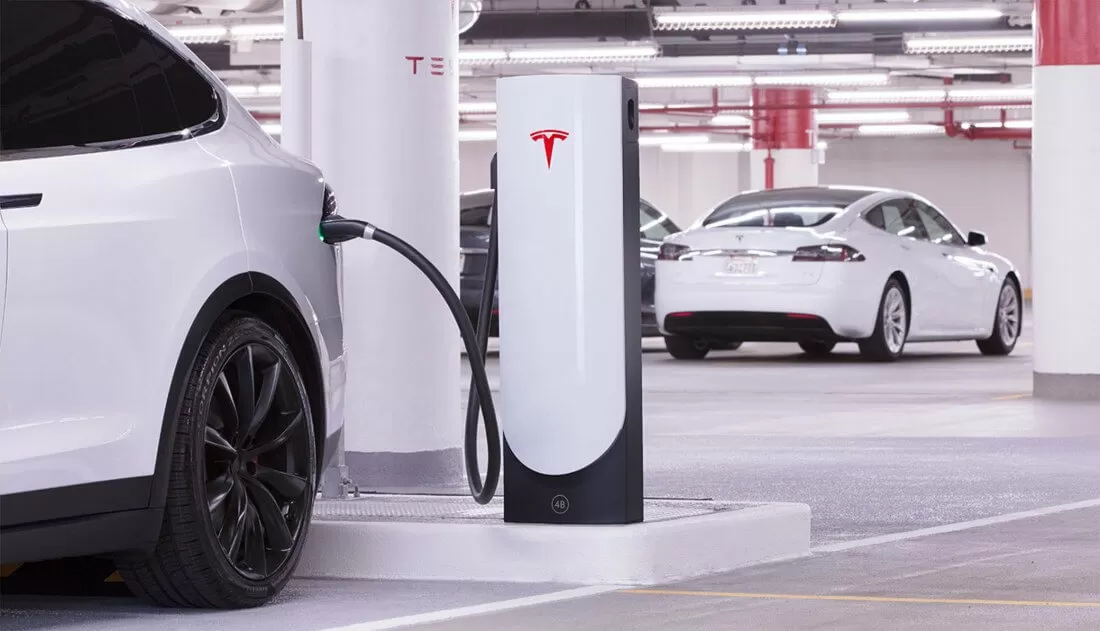How much is the daily charge rate that is most beneficial to the battery?
Someone once wanted to leave his Tesla to his grandchildren, so he sent an email to ask Tesla’s battery experts: How should I charge it to maximize battery life?
Experts say: Charge it to 70% every day, charge it as you use it, and plug it in if possible.
For those of us who don’t intend to use it as family heirlooms, we can just set it to 80-90% on a daily basis. Of course, if you have a home charger, plug it in when you get home.
For occasional long distances, you can set the “scheduled departure” to 100%, and try to keep the battery in 100% saturation for as short a time as possible. The most feared thing about ternary lithium batteries is overcharge and over-discharge, that is, the two extremes of 100% and 0%.
The lithium-iron battery is different. It is recommended to fully charge it at least once a week to calibrate the SoC.
Will overcharging/DC charging damage the battery more?
In theory, that’s for sure. But it is not scientific to talk about the damage without the degree. According to the situations of foreign car owners and domestic car owners I have contacted: based on 150,000 kilometers, the difference between home charging and overcharging is about 5%.
In fact, from another perspective, every time you release the accelerator and use kinetic energy recovery, it is equivalent to high-power charging like overcharging. So, no need to worry too much.
For home charging, there is no need to reduce the current for charging. The current of kinetic energy recovery is 100A-200A, and the three phases of home charger only add up to dozens of A.
How much is left each time and is it best to recharge?
If possible, charge as you go; if not, try to avoid the battery level falling below 10%. Lithium batteries have no “battery memory effect” and do not need to be discharged and recharged. On the contrary, low battery is harmful to lithium batteries.
What’s more, when driving, due to kinetic energy recovery, it also keeps discharging/charging alternately.
If I don’t use the car for a long time, can I keep it plugged in to the charging station?
Yes, this is also the official recommended operation. At this time, you can set the charging limit to 70%, keep the charging station plugged in, and turn on the sentry mode.
If there is no charging pile, it is recommended to turn off the Sentry and open the app as little as possible to wake up the vehicle to extend the vehicle’s standby time. Under normal circumstances, it will be no problem to discharge the battery fully for 1-2 months under the above operations.
As long as the big battery has power, Tesla’s small battery will also have power.
Will third-party charging piles harm the car?
Tesla is also designed and manufactured in compliance with national standard charging specifications. The use of qualified third-party charging piles will definitely not harm the car. Third-party charging piles are also divided into DC and AC, and those corresponding to Tesla are super charging and home charging.
Let’s talk about communication first, that is, slow charging charging piles. Because the standard name of this thing is “charging connector”, it only provides power to the car. You can understand it as a plug with protocol control. It does not participate in the charging process of the car at all, so there is no possibility of harming the car. This is why Xiaote car charger can be used as an alternative to home charger, so you can use it with confidence.
Let’s talk about DC, it will have some pitfalls. Especially for previous European standard cars, the converter will directly hang up when encountering the bus charging pile with 24V auxiliary power supply.
This problem has been optimized in GB cars, and GB cars rarely suffer from charging port burnout.
However, you may encounter a battery protection error and fail to charge. At this time, you can try 400 first to remotely reset the charging protection.
Finally, there may be a pitfall with third-party charging piles: the inability to draw the gun. This can be released via a mechanical pull tab inside the trunk. Occasionally, if the charging is abnormal, you can also try to use this pull ring to reset it mechanically.
When charging, you will hear a loud “bang” sound coming from the chassis. Is this normal?
normal. Not only charging, sometimes the car will also behave like this when it wakes up from sleep or is updated and upgraded. It is said that it is caused by the solenoid valve. In addition, it is normal for the fan on the front of the car to work very loudly when charging.
My car’s charge seems to be a few kilometers less than when I picked it up. Is it due to wear and tear?
Yes, the battery definitely wears out. However, its loss is not linear. From 0 to 20,000 kilometers, there may be a 5% loss, but from 20,000 to 40,000 kilometers, there may be only a 1% loss.
For most car owners, replacement due to battery failure or external damage is much more common than replacement due to pure loss. In other words: Use it as you like, and if the battery life is 30% off within 8 years, you can exchange it with Tesla.
My original Roadster, which was built using a laptop battery, failed to achieve a 30% discount on battery life in 8 years, so I spent a lot of money on a new battery.
The number you see by dragging the charging limit is actually not accurate, with a percentage error of 2%.
For example, if your current battery is 5% and 25KM, if you calculate 100%, it will be 500 kilometers. But if you lose 1KM now, you will lose another 1%, that is, 4%, 24KM. If you calculate back to 100%, you will get 600 kilometers…
However, the higher your battery level, the more accurate this value will be. For example, in the picture, when the battery is fully charged, the battery reaches 485KM.
Why is the amount of electricity used “since last charged” displayed on the instrument panel so little?
Because when the wheels are not moving, the power consumption will not be counted. If you want to see this value equal to the capacity of your battery pack, it is to fully charge it and then run to the car in one breath to be accurate. (Model 3’s long battery life can reach about 75 kWh)
Why is my energy consumption so high?
Short-distance energy consumption does not have much reference significance. When the car is just started, in order to reach the preset temperature in the car, this part of the car will consume more power. If it is directly spread into the mileage, the energy consumption will be higher.
Because Tesla’s energy consumption is cut by distance: how much electricity is used to run 1km. If the air conditioner is large and runs slowly, the energy consumption will become very large, such as in traffic jams in winter.
After the battery life reaches 0, can I still run?
It is possible, but it is not recommended because it will damage the battery. The battery life below zero is about 10-20 kilometers. Don’t go below zero unless absolutely necessary.
Because after freezing, the small battery will be short of power, causing the car door to be unable to open and the charging port cover to be unable to be opened, making rescue more difficult. If you don’t expect to be able to reach the next charging location, call for rescue as soon as possible or use a car to charge first. Do not drive to the place where you will lie down.
Post time: Nov-10-2023

 Portable EV Charger
Portable EV Charger Home EV Wallbox
Home EV Wallbox DC Charger Station
DC Charger Station EV Charging Module
EV Charging Module NACS&CCS1&CCS2
NACS&CCS1&CCS2 EV Accessories
EV Accessories


